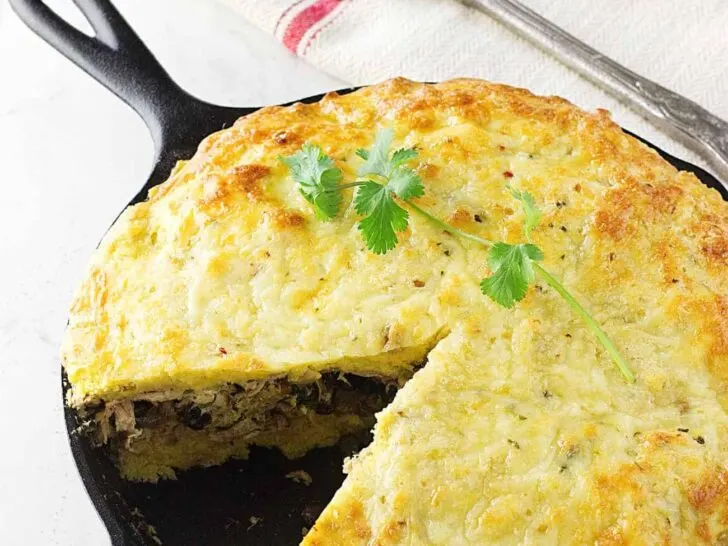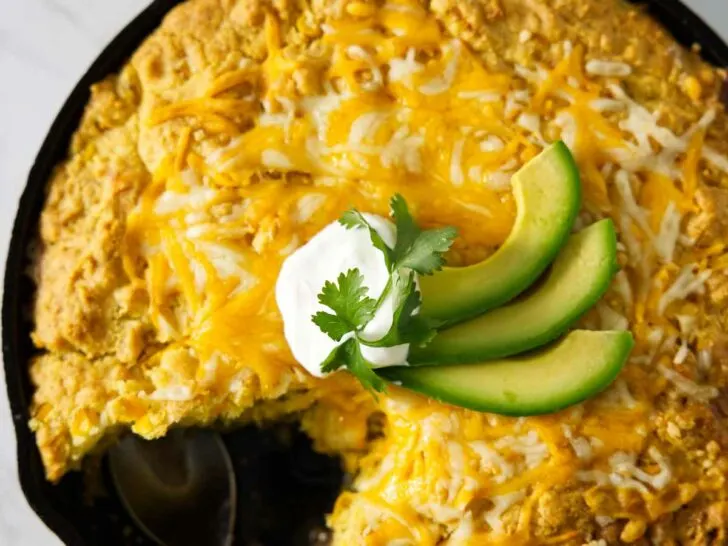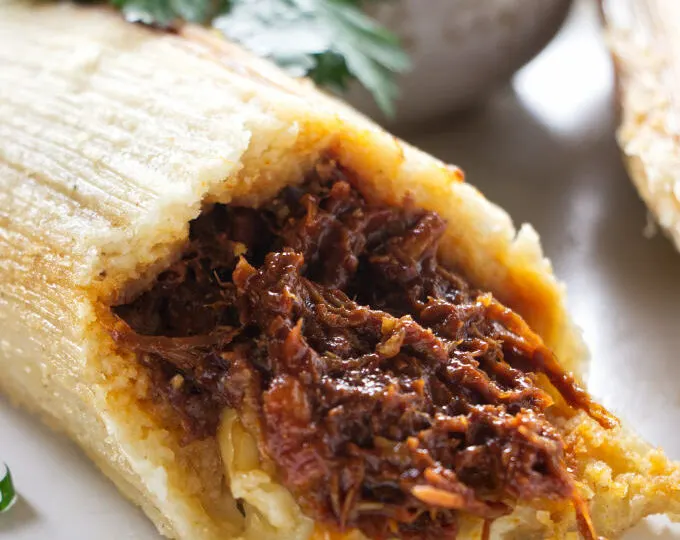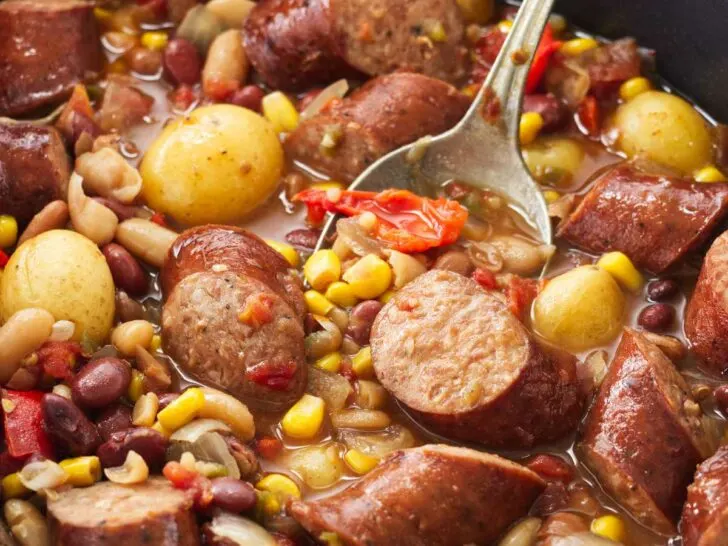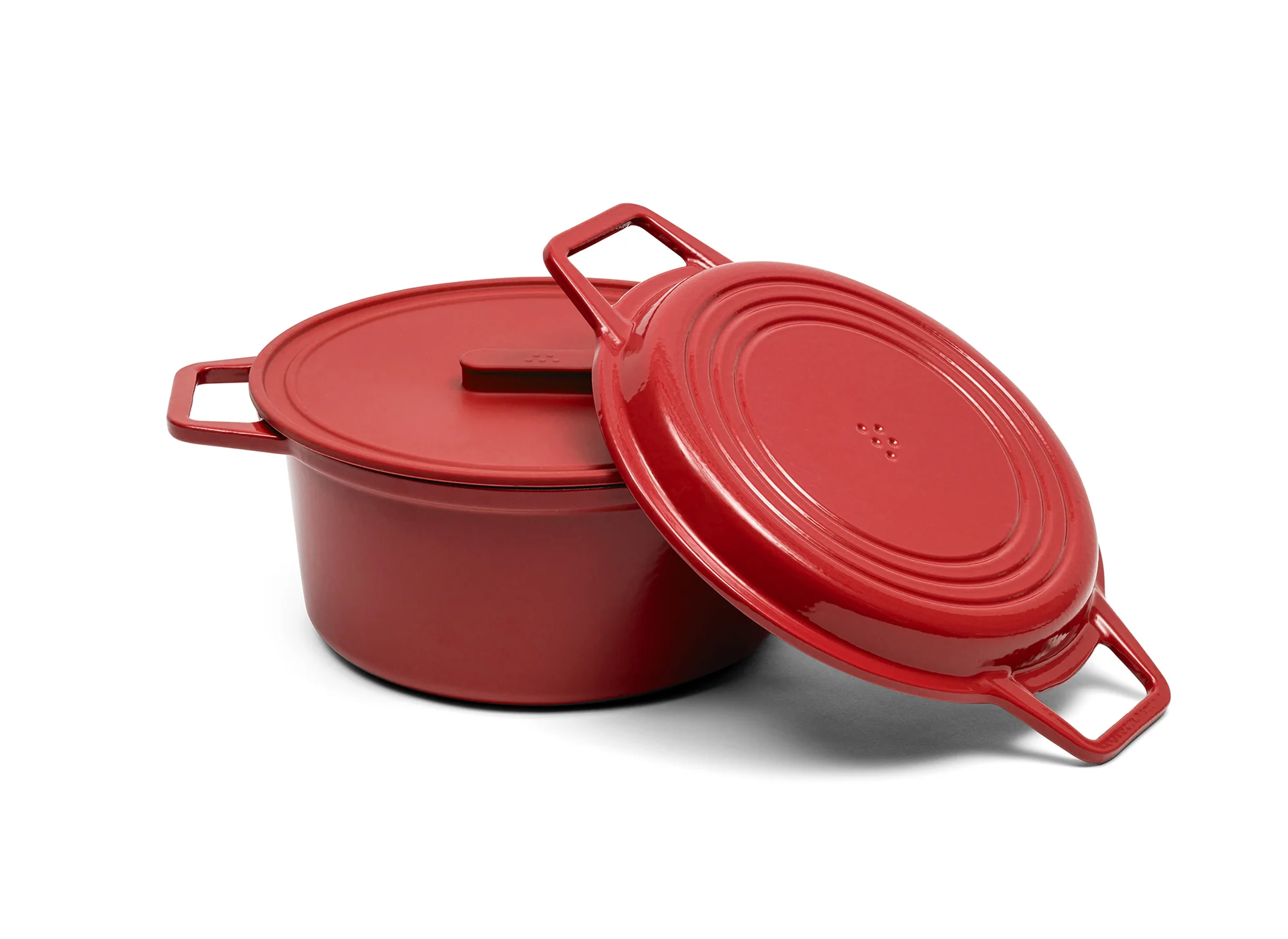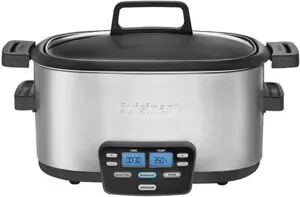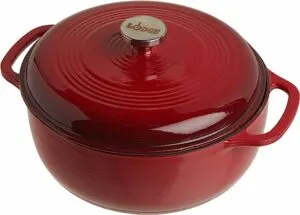Once the Christmas season rolls in, many households become filled with the smell of their favorite pork tamales recipe cooking. While you can enjoy this delicious dish at any time of the year, the end-of-the-year holidays are the tamale season. But how did things turn out this way? In this article, we’ll dive into the origin of the tamale season and why people love preparing it during Christmas.
What Are Tamales?
First things first–what are tamales? The word ‘tamales’ is derived from the Aztec Nahuatl language, translating to ‘wrapped (food).’ It describes the nature of the dish, which is made of ‘masa,’ a dough made from corn and filled with chosen filling (typically slow-cooked seasoned meat), which is wrapped in a corn husk before being steamed. Once ready, you can unwrap it and eat it as a full meal.
The Mexican version of tamales is by far the most popular, but there are multiple variations of the dish spanning across South America. You can play around with the base recipe–for example, you can swap the corn husk wrappers for agave leaves or banana leaves and use different fillings like fruit and vegetables. While tamales are generally savory, some people also make dessert tamales with sweet filling.
How Did Tamales Become a Christmas Tradition?
Where do tamales originate from, and how did they become associated with Christmas? Archaeological evidence places the origins of tamales as far back as 8,000 BC. The Mayans, Aztecs, Toltecs, and Olmecs ate tamales and used them as offerings to deities during religious ceremonies. They also served as portable food for travelers and warriors.
When the Spanish arrived in Mesoamerica, the tradition of tamales changed. Aside from the way they were made, the time they were prepared also began coinciding with pivotal periods in the Catholic calendar. This is how tamales transformed from being staples in pagan occasions to turning into full-blown ‘talamadas’ (tamale-making parties) during holidays like Christmas and Dia de los Reyes.
Why Do People Still Eat Tamales During Christmas?
Tamales have become an integral part of Christmas and other special occasions in Mexican and Latin American culture. They’re not just a delicious meal–they’re also a representation of people’s culture and an opportunity for families to get together and bond around food. Here are some reasons why people eat tamales during tamale season:
Tradition
As mentioned, the history of tamales traces back all the way to Mesoamerica, when people would offer it to the gods and serve it to hunters and warriors who needed hand-held meals for sustenance. It’s a representation of culture and connects people to their roots.
Community
Tamales bring people together during ‘talamadas.’ Everyone, old and young, comes together to lend a hand to make the dish. Some prepare the masa, others the filling. Some wrap, while others cook. Cooking tamales takes time, and during these moments, families are able to spend quality time together.
Taste
Tamales simply taste good, and because they’re a full meal, it’s hard to go wrong with making them. People make tamales during Christmas because they’re a hit at the family table. Plus, they’re incredibly versatile, so you can accommodate different tastes and diets when preparing them, and everyone can enjoy them!
Can You Eat Tamales Outside the Holidays?
While Christmas is considered the tamale season, that doesn’t mean that you can only eat the dish during that time. Tamales are also present on many special occasions, but you don’t need to have an excuse to enjoy them. Tamale season can be year-round!
A Tamale Recipe for Every Season From Savor the Best
If your tastebuds are demanding tamale season already, then check out our easy tamale recipe! It comes with handy tips and visual guides for a foolproof way to get an authentic version of this beloved dish.



